How to Reverse Image Search with Google on iPhone
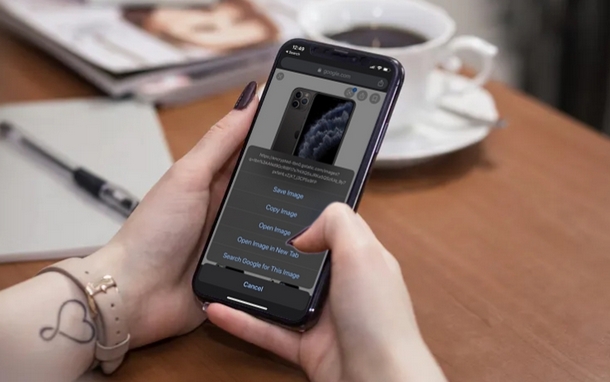
Want to perform a reverse image search with Google from iPhone using Safari or Chrome? If you’ve ever wanted to get information regarding an image, or verify the authenticity of a picture you found on the internet, we wouldn’t be surprised if you tried reverse image searching it on Google.
This excellent tool has been available to users for years now and is widely used on desktop browsers like Chrome, Safari, and Firefox. By visiting Google Images, anyone could perform a reverse image search from their computer or tablet within a matter of seconds.
However, smartphones like the iPhone don’t really feature desktop-class web browsers, and are instead equipped with a mobile browser that’s optimized for the smaller screens. Hence, reverse image searching on your iPhone might require some additional steps.
So are you wondering how to reverse search an image on your iPhone? If so you’re in the right place, because in this article we’ll be discussing exactly how you could reverse image search on an iPhone using two different methods. Let’s take a look at the process.
How to Reverse Image Search on iPhone Using Safari
We’ll start with Safari first, since it comes pre-installed on iOS and iPadOS and is pretty much the go-to web browser for almost all iPhone and iPad users. Unlike a desktop browser, Safari doesn’t have the option that lets you search for images in the Google search bar, but there’s a quick workaround.
- Open “Safari” browser from the home screen of your iPhone and head over to images.google.com.

- As you can see in the screenshot below, the search bar lacks the camera icon that’s found on desktop browsers which allows you to reverse search images. Here, tap on the “aA” icon located on the left of Safari’s address bar, as shown in the screenshot below.

- Now, you’ll get a pop-up menu where you’ll be able to adjust website settings, switch to reader mode and more. Tap on “Request Desktop Website” to reload the desktop version of the web page.

- Since you’re in the desktop version of Google Images, you’ll notice the option that allows you to reverse search in the search bar. Tap on the “camera” icon located on the right side of the search bar.

- Now you’ll have the option to either search by pasting the image url or you could simply upload/capture an image from your iPhone. In order to reverse search an image stored on your iPhone, tap on “Choose File” and then select “Photo Library” to go through “Camera Roll” and other albums to find the picture you want to upload.

- Google will automatically begin the search once the photo has been uploaded and as you can see here, it fetched results related to the picture that was uploaded. Here, if you’re looking to find more sizes of the same image, just select one of the sizes located right next to the image.

So that explains how to use Google reverse image search on Safari for iPhone.
But what about some of the other common web browsers you might be using on iPhone? Next, we’ll cover using reverse image search on mobile Chrome for iPhone.
How to Reverse Image Search on iPhone Using Chrome
Safari might be the default browser on iOS, but Google Chrome’s popularity on the Apple App Store can’t be overlooked. It’s without doubt the most popular third-party web browser for iPhones. You can request desktop site on Chrome to reverse image search, just like you did in Safari, but additionally, Chrome offers something Safari doesn’t and we’re going to take a look at that.
- Open “Chrome” web browser from the home screen of your iPhone.

- Visit any web page and open an image that you want to reverse search. It doesn’t really have to be Google.

- Press and hold on the image until a menu pops up from the bottom of your screen. Here, you’ll see an option that lets you reverse image directly without having to save & re-upload the image or copy the image URL. Tap on “Search Google for This Image” to initiate the reverse search.

- As you can see in the screenshot below, Google doesn’t redirect you to the desktop version of its web page while displaying the search results, unlike Safari. Tap on “More sizes” if you want to find higher resolution variants of the image you just looked up.

That’s all there is to it with Chrome on iOS, which makes reverse image searches even easier. It’s basically just as easy as performing reverse image search on Chrome for desktop browsers whether that’s on the Mac, Windows, Linux, or ChromeBook.
Users have been wanting to use reverse image search functionality on the mobile site for images.google.com for quite some time now, so it’s a little surprising to see the feature is not yet implemented directly for all web browsers. That being said, discussed above are just two out of several ways to reverse image search on your iPhone.
There are actually multiple search engines that are dedicated to reverse searching images like Tineye, Yandex, etc. You could also make use of third-party reverse image searching apps that are available on the App Store like Reversee, Veracity amongst others. We’re obviously covering Google reverse image search here, but that’s simply because that is the search engine which fetches the most results compared to anything else, and it’s used by almost everyone who accesses the internet, therefore many would argue it’s the most relevant and perhaps even the best.
Reverse Image Search has made it easier for people to obtain the source of an image, or get more information regarding an object that they have no clue about. Some people even use it to find a higher resolution result of the same image, or to track down if an image is legitimate or what it says it is, and it’s a commonly used tool to track down and confirm the veracity of memes, viral images, and fake news. Thanks to this functionality, it has also become increasingly difficult for people to pose as someone else online and get away with it, as cautious users tend to verify the authenticity of the pictures using Google’s reverse search.
Do you use reverse image search often? If so, what’s your preferred method or search engine for looking up pictures you find on the internet? Do you have another approach to use on iPhone or iPad? Do let us know your thoughts and opinions in the comments section down below.

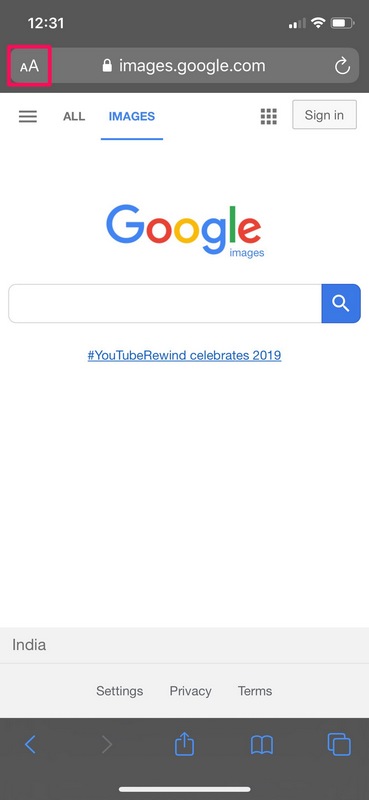
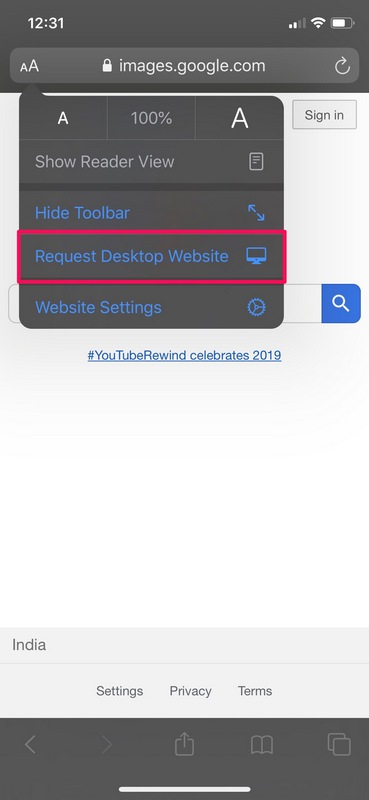
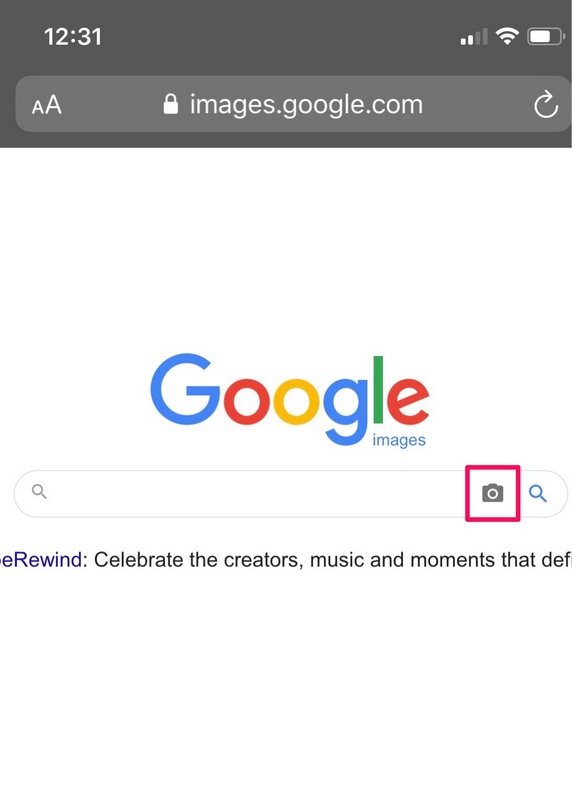
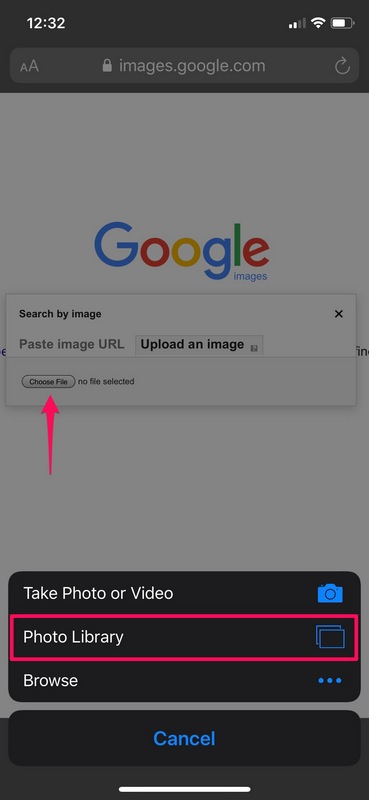


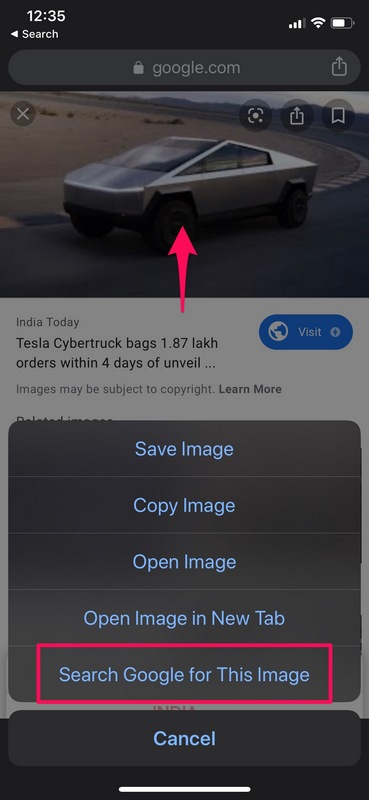


Can I use the same methods to reverse image search on Android devices?
I also use the Google IOS app, for something similar but not quite a revere image search.
It has a feature called Google Lens, which is in right upper side of search field (next to the mic icon)
Once you click on the icon, lens mode opens with live camera view. From there you can point the camera at an item/object and it will overlay a small circle on ‘recognized’ objects.
Alternatively you can click the tiny photo/landscape icon in the lens mode, and it allows you to select from photo library.
It doesn’t appear to have the ‘desktop/url paste option’ so it can only reverse search live camera image or saved photos.
Google lens also has live translate mode, image to text, plus shopping/dining mode for image recognition.
Google Lens is quite useful indeed. This is a great tip, thanks for sharing Hal!
All the while you’re doing this you’re giving Google access to your device where they will be searching thru your data, address’ etc., and stealing your info.
If you are willing to constructively suggest an alternative, we’re all ears.
Your informative (as usual) article doesn’t specify whether this feature is new in iOS 13, but on my iPhone X still running 12 does not have this Aa dropdown menu. So it is new, correct? Or is there another way to get to it in iOS 12?
While I’m at it, another query: I have only hotspot internet, no WiFi, and I have been unable to update to 13 using two iPhones, tried multiple times (using up at least 8 gigs of data) with one set as a WiFi hotspot, and I’ve also tried doing via iTunes and the appropriate .ipsw file. Any suggestions? Yes, I could go hang around a free WiFi joint but I live in the sticks and it’d take hours.
Thank you osxdaily!
The first part of this pertains to the using Google Image Search on iPhone with the latest iOS 13 or newer versions, but you can still accomplish the request with older versions too. Requesting a desktop site in iOS 12 is done through the Sharing menu (looks like a box with an arrow flying out of the top) instead of the dropdown menu. Apple sometimes switches where to access various features between iOS and iPadOS releases which can cause some confusion like this situation. The Chrome specific reverse image search tip works on all versions of iOS with newer versions of Chrome on iPhone. Hope that helps!
As for updating to iOS 13, what is the error you are experiencing during update? Whether you attempt to update via iOS Settings or through iTunes, be sure to backup the device first. If you’re in a rural location using iTunes is often better but keep in mind that even updating with IPSW requires an internet connection because iTunes must contact Apple servers to complete and verify the update.
Is there a way to put a photo I’ve taken into an app to see the location? My camera did not/does not have location on it ( I should have taken one with my iPhone at the same time and then I would have that information)